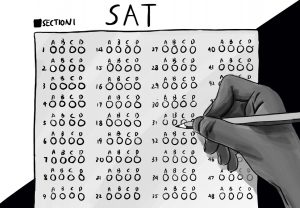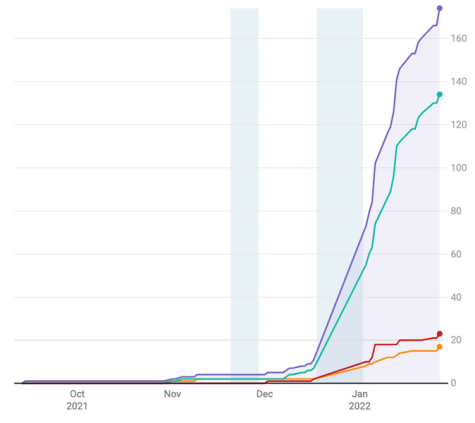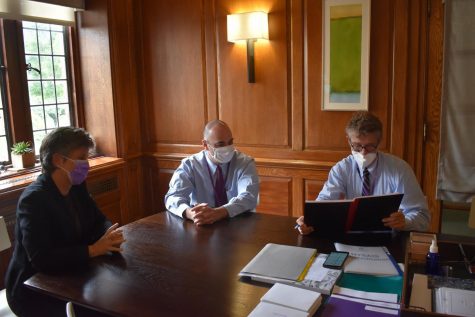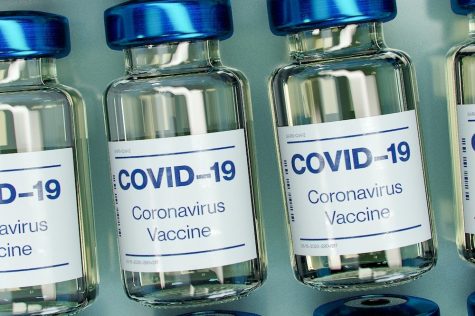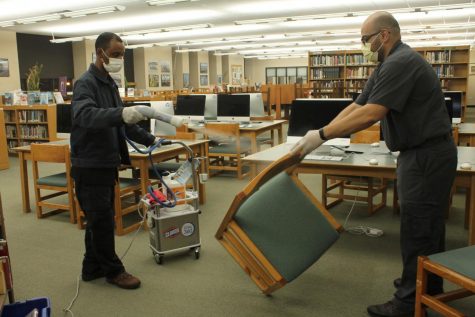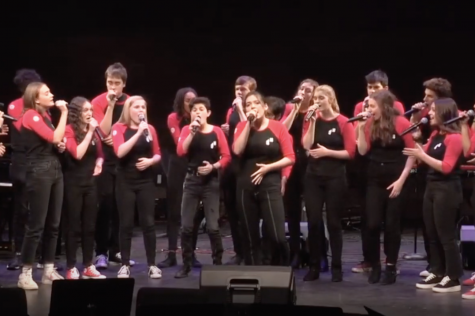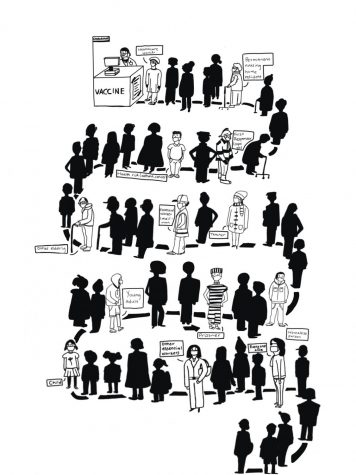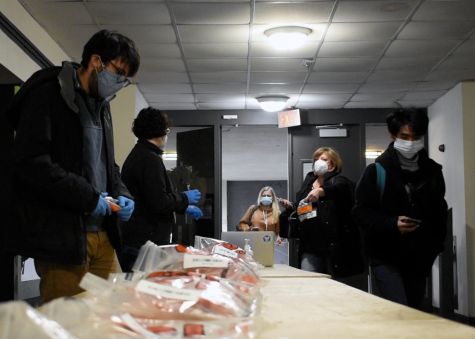Worth more lives, now, lives worth more
May 5, 2020
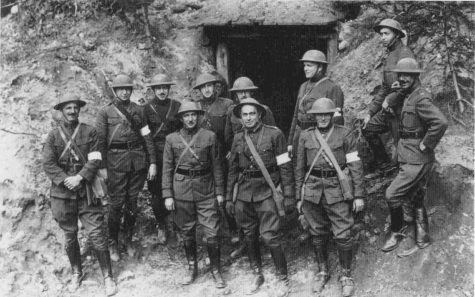
American soldiers who fought in World War I pose in the trenches. WWI caused up to 19 million deaths, and the trench warfare conditions gave many soldiers “shell shock” (PTSD).
100 years ago, soldiers were marched into battle as pawns, in a greater international chess game. Human lives were deemed expendable, with the greater goal of victory dictating the death count. Almost 20 million soldiers in WWI, and over 50 million soldiers in WW2, were classified as casualties; they were a side effect of war. However, now, in response to a different type of battle, the world has shown a reformation in humanity.
Now, the world is faced with an ethical question: What is a human life worth?
The answer to that question in the early 1900’s: not much. A healthy working man was often sent into war, expected to die for his country. The Selective Service Act of 1917 in the United States allowed any man age 18-30 (later 18-45) to be drafted and sent to the battlegrounds– death forced upon the fittest of society.
However, 2020 presents a very different reality. History Teacher Matthew Browne explained, “We have a virus that threatens the lives of mostly older people and mostly people that have compromised immune systems and yet the world is coming to a standstill in order to protect those people.”
COVID-19 has shown itself to be the most fatal to those who are vulnerable and immunocompromised; for this, the world has gone into lock down. This state of emergency has led to world wide school closures and countless stay at home warrants; the greater population is putting their lives on hold to protect this already vulnerable group.
While war is not exactly the same as a global pandemic, ideology throughout time has changed: deaths are no longer willingly accepted. During WWI, soldiers were deemed heroes for dying for their country; now, doctors and essential workers are heroes for preventing deaths.
















